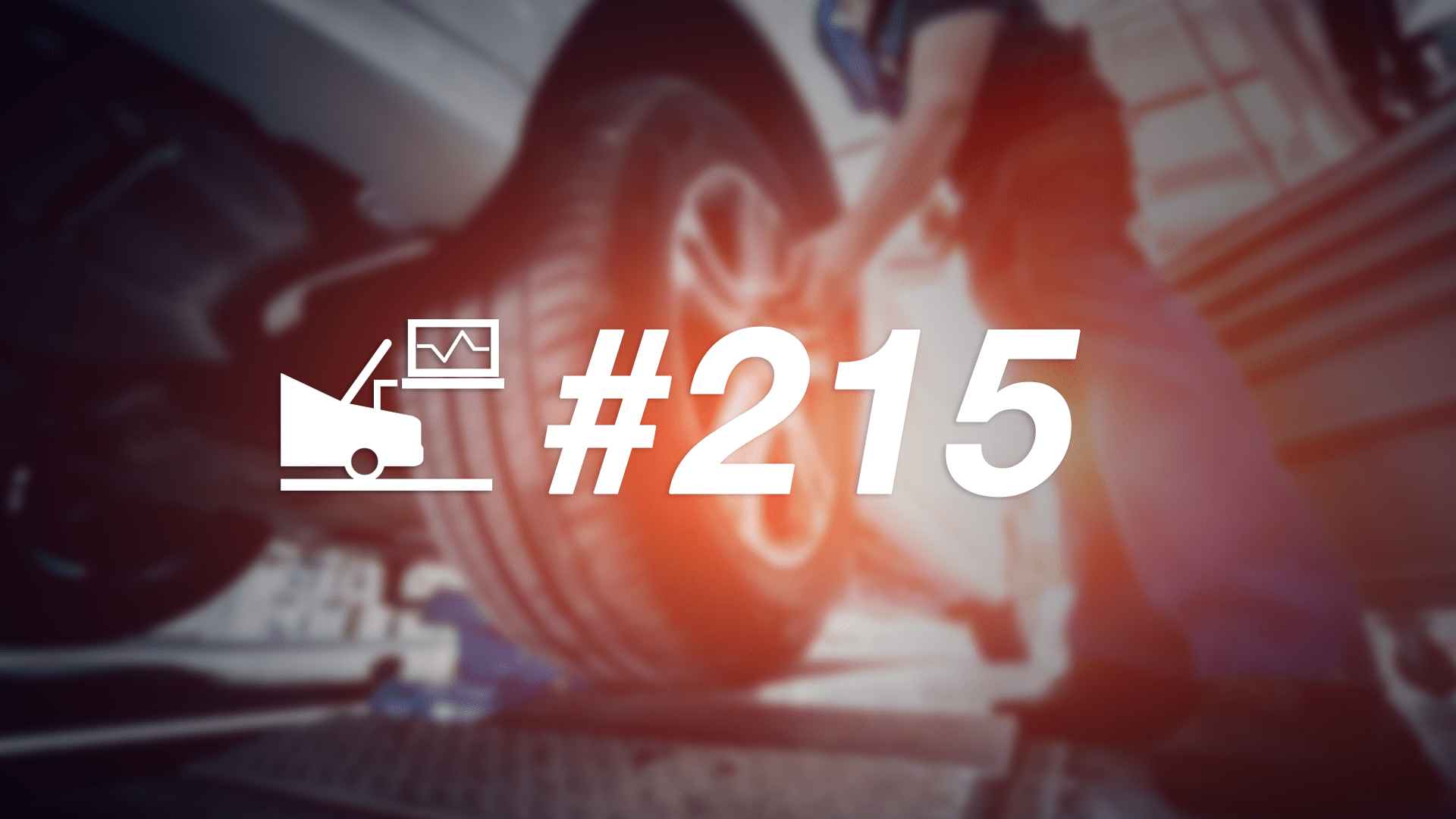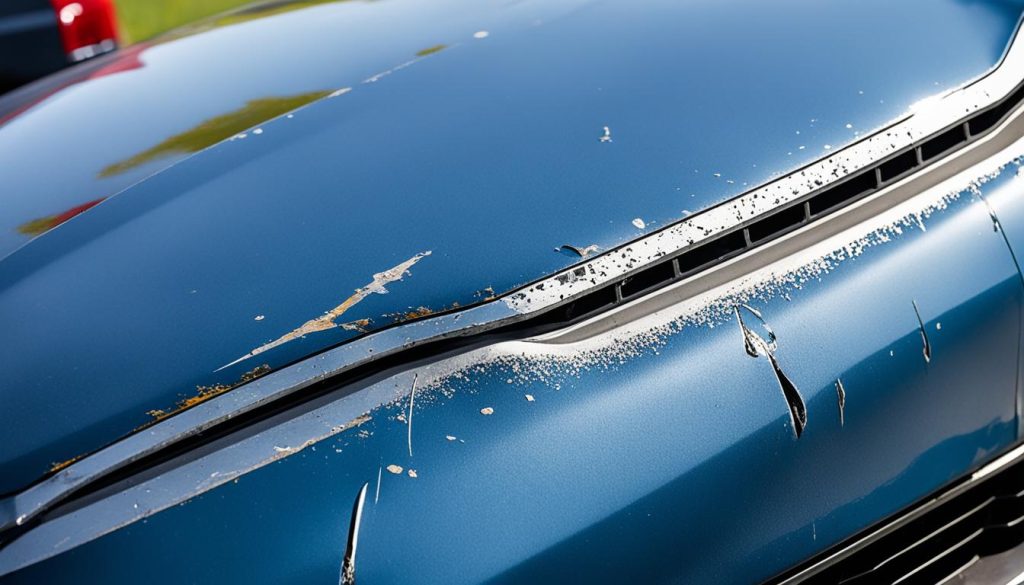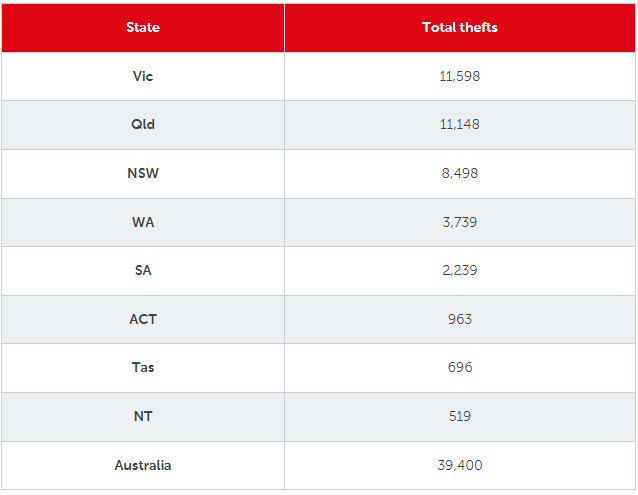✔ This article has been fact checked.
A radiator hose is a component of a car’s cooling system that carries hot coolant from the engine to the radiator and back again. The pressure in the radiator hose is an important indicator of the health of the cooling system and should be monitored regularly.
When there is no pressure in the radiator hose it usually indicates an issue with the cooling system, such as a blocked or leaking coolant hose, a faulty thermostat or radiator cap, among other problems.
In this article, we will explore what it means when there is no pressure in the radiator hose and the causes of these issues.
Table of Contents:

What Is a Radiator Hose?
Radiator hoses are an important part of a vehicle’s cooling system, responsible for transporting hot engine coolant from the engine to the radiator and back again.
These hoses are typically made of durable, high-quality rubber material that can withstand the high temperatures and pressures generated by the engine.
A radiator hose is designed to be large in diameter to accommodate the large volume of coolant that needs to flow through them, and they come in various shapes and lengths to fit different engine configurations.
The hoses are connected to the engine and radiator using specially designed fittings and clamps, which ensure a secure and leak-free connection.

A diagram showing a the layout of a cars cooling system including radiator hoses.
Causes of No Pressure in the Radiator Hose
Several factors can cause the pressure in the radiator hose to drop, reducing the coolant flow and potentially causing the engine to overheat. This section will discuss the various causes of low pressure in the radiator hose and how to diagnose and fix them.
1. Cracks, Gaps and Holes in the Coolant Lines
One of the most common causes of low pressure in the radiator hose is cracks, gaps, or holes in the coolant lines. These can occur due to the wear and tear of the hose over time, exposure to extreme temperature changes, or physical damage caused by road debris.
As a result, the coolant can leak out of the hose, reducing the pressure in the system and potentially causing the engine to overheat.
To diagnose this problem, inspect the coolant hoses for any visible signs of damage, such as cracks, holes, or tears, and replace any damaged hoses with new ones. You can also use a leak sealant to temporarily fix this issue.

2. Low Coolant Level
Another cause of low pressure in the radiator hose is a low coolant level. If the coolant level is too low, the water pump will not be able to circulate the coolant properly, causing the pressure in the radiator hose to drop.
This can be due to a leak in the cooling system or simply due to evaporation over time. To diagnose this problem, check the coolant level in the radiator and refill it as needed.
Ensure your vehicles coolant level is between the “min” and “max” indications on the reservoir.

3. Kinked and Bent Hoses
Kinked or bent coolant hoses can also cause the pressure in the radiator hose to drop, as they can restrict the coolant flow through the system. This can occur due to improper installation, engine vibration, or physical damage to the hose.
To diagnose this problem, inspect the coolant hoses for any signs of kinking or bending, and straighten out any kinked or bent hoses.
Sometimes you may need to replace the hose if it has been kinked or bent for a while.

4. Clogged and Blocked Radiator Hoses
Clogged or blocked radiator hoses can also cause the pressure in the radiator hose to drop, as they can restrict the flow of coolant through the system. This can be due to debris, rust, or other contaminants accumulated inside the hose over time.
To diagnose this problem, inspect the coolant hoses for any signs of blockage, and flush the cooling system to remove debris.
5. Faulty Radiator Cap
The radiator cap is responsible for maintaining the pressure in the cooling system, and a faulty radiator cap can cause the pressure in the radiator hose to drop. A faulty radiator cap can be due to a leak in the seal or a failure of the pressure-relieving mechanism.
To diagnose this problem, inspect the radiator cap for any signs of damage or leaks, and replace it with a new one if necessary.

6. Faulty Thermostat
The thermostat controls the flow of coolant through the engine, and a faulty thermostat can cause the pressure in the radiator hose to drop. A faulty thermostat can be due to a failure of the temperature-sensing mechanism or the valve regulating the coolant flow.
To diagnose this problem, inspect the thermostat for any signs of damage or leaks, and replace it with a new one if necessary.

A working (left) vs faulty (right) car thermostat.
7. Malfunctioning Water Pump
The water pump is responsible for circulating the coolant through the engine, and a malfunctioning water pump can cause the pressure in the radiator hose to drop. A malfunctioning water pump can be due to a failure of the bearings, impeller, or drive belt that powers the pump.
This can result in reduced or no coolant flow, causing the pressure in the radiator hose to drop and potentially leading to engine overheating.
To diagnose this problem, inspect the water pump for any signs of damage or leaks, and check the drive belt for any signs of wear or looseness. If the water pump is faulty, it should be replaced with a new one.

No Pressure and Overheating
If there is no pressure in the radiator hose, it can lead to the engine overheating. This may be because the coolant is not being circulated properly and is not able to effectively dissipate the heat from the engine.
Overheating can cause severe damage to the engine, such as warping and cracking the cylinder head and engine block, if not addressed promptly.
Symptoms of overheating include the following.
-
A coolant temperature gauge that reads high
-
Steam coming from the engine bay
-
A warning light on the dashboard
No Pressure but Not Overheating
In some cases, there may be no pressure in the radiator hose, but the engine is not overheating.
This can happen if the coolant level is low, the thermostat is faulty, or the water pump is not working as well as it should.
In these cases, the coolant is still being circulated, but not at the optimal pressure or rate. It’s important to address these issues as they can lead to more serious problems in the future.
Why Is There No Pressure in the Top Radiator Hose?
There can be several reasons why there is no pressure in the top radiator hose.
-
Block coolant hose or radiator. One of the most common causes is a blocked hose or blocked radiator, which can occur due to a build-up of sediment or debris. This can impact the flow of coolant and reduce pressure in the coolant hoses.
-
Malfunctioning thermostat. Another cause could be a malfunctioning thermostat, which can prevent the coolant from flowing properly or at the right time.
-
Faulty radiator cap. A third cause can be a defective radiator cap, which can cause coolant to leak out and decrease pressure within the engine cooling system.

An example of what the upper radiator hose looks like.
Why Is There No Pressure in the Bottom Radiator Hose?
The bottom radiator hose, also known as the coolant return hose, is responsible for returning the coolant to the engine after it has passed through the radiator.
A lack of pressure in the lower hose can be caused by a number of issues, including the following.
-
Faulty water pump. If the water pump is faulty it can lead to a lack of pressure in the lower radiator hose.
-
Blocked coolant hose. If the radiator or coolant hoses are blocked it can reduce the flow and pressure of the coolant in the engine cooling system.
-
Malfunctioning thermostat. A vehicle’s thermostat can malfunction and cause the bottom radiator hose to have reduced pressure.
If the engine is still cold and hasn’t fully warmed up yet, the bottom radiator hose will likely still be cold and have low pressure, as no coolant would be flowing through it yet.
In addition, a leak in the radiator hoses can also cause a lack of pressure and should be addressed as soon as possible.

An example of what the lower radiator hose looks like.
What Does It Mean if the Radiator Hose Is Soft?
A soft radiator hose is an indication that there could be a problem with the cooling system. It could mean that the hose is old and needs to be replaced, or that there is an issue with the cooling system pressure.
This can happen if the radiator cap is not functioning properly and is not releasing pressure as it should. In either case, it’s important to have the hose checked and replaced if necessary.
Conclusion
A lack of pressure in the radiator hose is a serious issue that can lead to overheating and damage to the engine. It’s important to be aware of the symptoms of this problem and to address it promptly.
Causes can include a blocked hose, a malfunctioning thermostat, a faulty water pump, a leak in the hose, or a defective radiator cap. Regularly monitoring the pressure in the radiator hose and addressing any issues that arise can help prevent costly repairs and prolong the life of the engine.
#Pressure #Radiator #Hose










